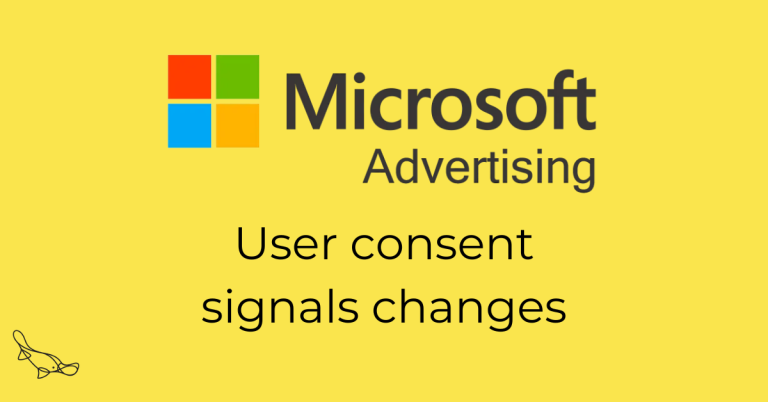Digital breeds data
If the only data you track is how much your brand’s Twitter following and Facebook likes are increasing each month, you are not tracking enough.
If you look at Excel spreadsheets packed with every number that Google Analytics stores each month, you are tracking too much.
Here are the top metrics you should be tracking.
*Disclaimer – you might need a developer to do the technical jiggery-pokery that unlocks these numbers. But trust me, it is a very worthwhile investment.
Your website’s conversion rate
A conversion is simply a valuable action that someone takes on your website. The most common examples for charities are making a donation, signing up for a fundraising event or accessing an online service like live chat.
People who convert are more valuable (though much smaller in number) than mere visitors. So you need to know your website’s conversion rate – the percentage of people who come to your website that take a valuable action – to see how compelling your offering is.
I won’t go into the details of how you set this up. Suffice to say the info is in Google Analytics, and your digital team should report this stat at least monthly.
Sources of conversions
Visitors come to your donation page from different sources – Google searches, Facebook ads, emails, you name it.
Knowing the sources of your converting traffic is truly golden information. It means you can decide exactly where to invest your marketing budget to get the highest fundraising return.
If 70% of your donations come from Google searches, for example, you need to invest in your SEO so you appear in more searches. This data-driven approach to marketing is how strategic digital fundraising is done.
Value of donations
It’s not enough to know how many donations there were – you need to know how much each donation was.
Paid Facebook ads might have brought in 10 donations compared to four on email. But if each Facebook ad donation was only £3 and each email donation was £30, email is the highest value channel.
Don’t waste your time on high volume but low-value channels.
(Unlocking this metric requires something called e-commerce tracking – ask your digital team for more info).
Metrics to ignore
These are the two main metrics you should ignore. Sadly, they are also the most commonly reported to senior management teams at charities.
Total website visitors
It’s always going to be a big number. It’s probably increasing. It feels good to know that, but that’s all it really achieves.
By all means, separate out your service/information based website sections as a proxy for how many people are getting your service message. But don’t use that big, overall number.
Social media followers
It’s comforting to know that people want to hear what you have to say on Twitter and Facebook. Engagement rates are nice too.
But no charity has increased its social media following as a charitable objective with the Charity Commission. Track more than that.





